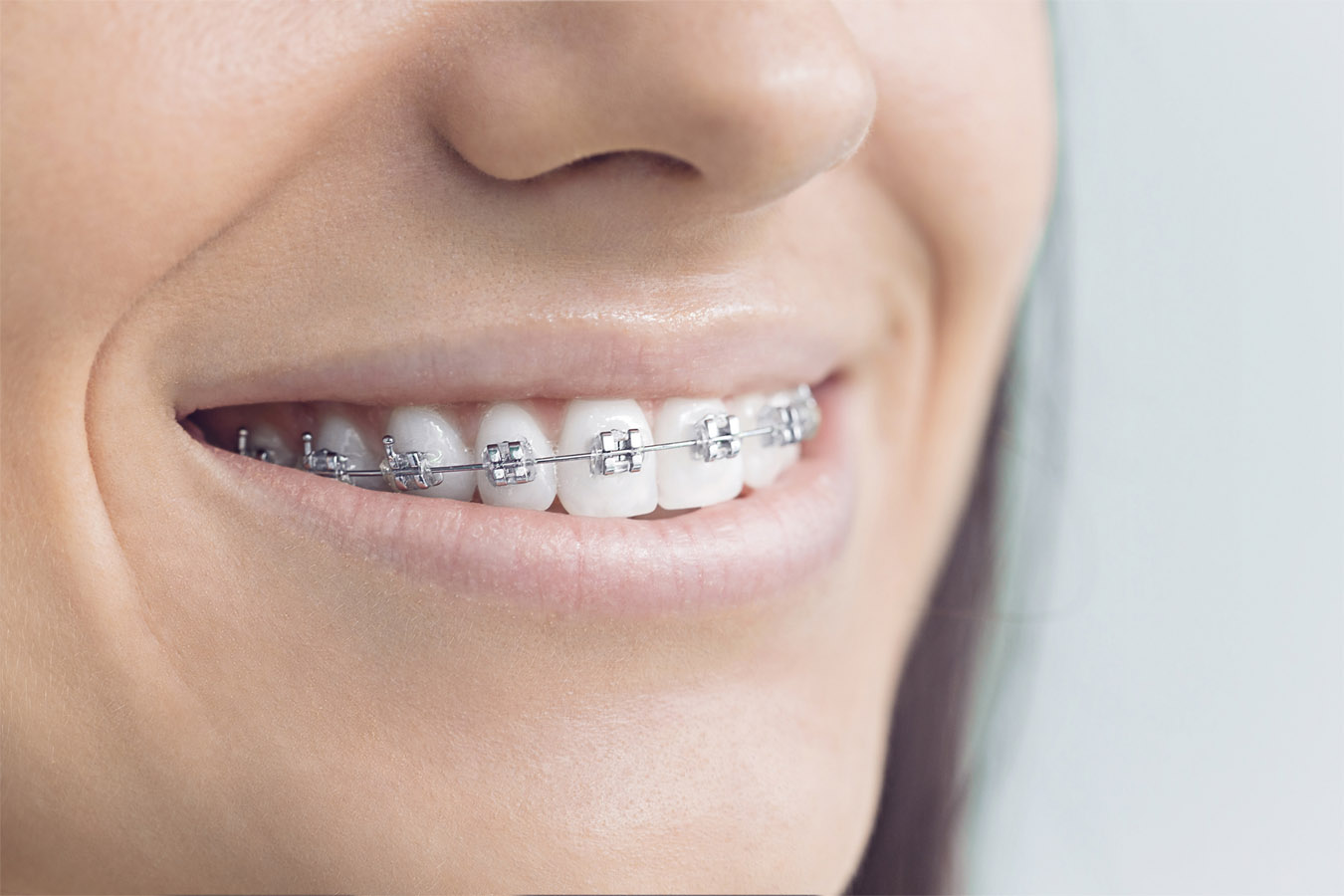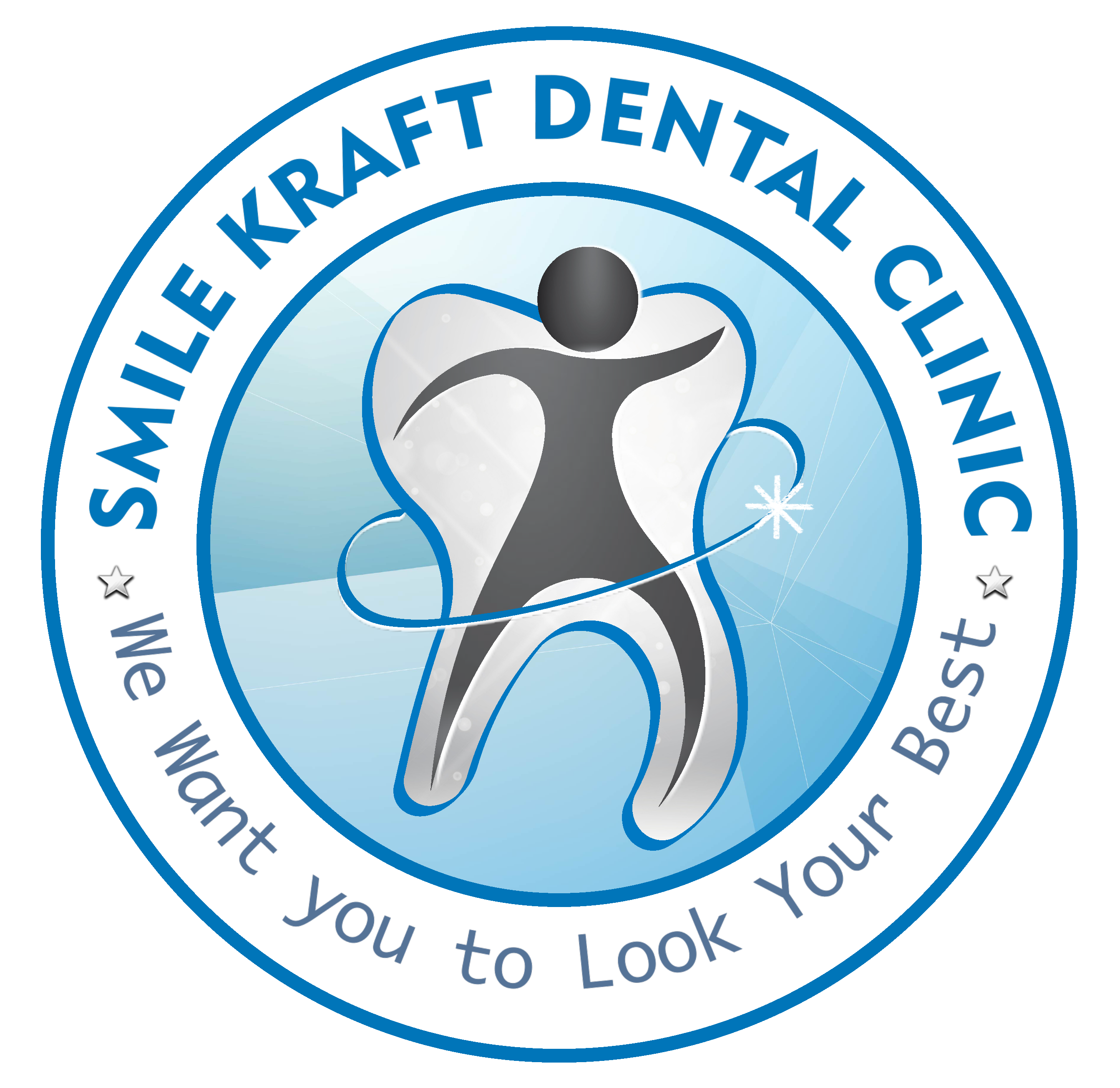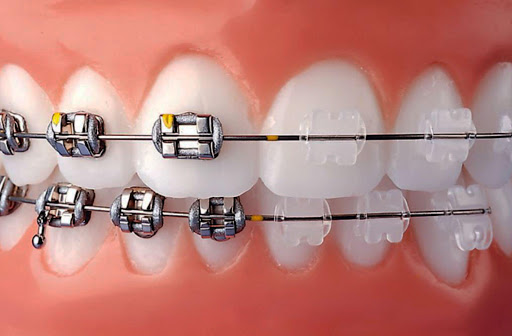
Orthodontia
The first stage of treatment is to assess the state of your teeth and their likely development. This usually involves taking X-rays, making plaster models and taking photographs of your teeth. This will give the orthodontist an idea of the treatment needed and the likely results.
Orthodontic treatment uses appliances to correct the position of the teeth. The four main types are: fixed braces – a non-removable brace made up of brackets that are glued to each tooth and linked with wires removable braces – usually plastic plates that cover the roof of the mouth and clip on to some teeth; they can only carry out very limited.
Tooth Movements
functional appliances – a pair of removable plastic braces that are joined together or are designed to interact together and fit on to the upper and lower teeth.
headgear – this is not an orthodontic appliance itself, but can be used with other appliances and is usually worn at night In more severe cases, treatment may involve fixed braces and surgery to move the jaw. This treatment is carried out in hospitals. These treatments are outlined in more detail below and further information can be found on the British Orthodontic Society BOS) website.
Fixed Braces
Fixed braces are the most common type of orthodontic appliance. They can be used when a number of teeth need to be corrected, or when the treatment needs to be precise to prevent problems in the future. You will be able to eat normally while wearing a fixed appliance. However, you should avoid certain foods and drinks, such as toffee, hard sweets and fizzy drinks, because they can damage the appliance and teeth. Your orthodontist will be able to give you further advice. If you are using a fixed appliance and you play a contact sport such as rugby, you should wear a gum shield to protect both your mouth and the appliance. Fixed braces are usually made out of metal, so they will be noticeable on the front of your teeth. Many private orthodontists now offer ceramic or clear plastic braces that are much less noticeable, although they are usually more expensive. However, their use also depends on the particular problem and tooth position.


